The Rollright Stones are a group of prehistoric monuments located in the Cotswold Hills on the border between Oxfordshire and Warwickshire, England. The complex consists of three main elements: The King’s Men stone circle, The Whispering Knights dolmen, and The King Stone. These monuments date from different periods, primarily the Neolithic and Bronze Ages, between 4000 BC and 1500 BC.
Get your dose of History via Email
The King’s Men
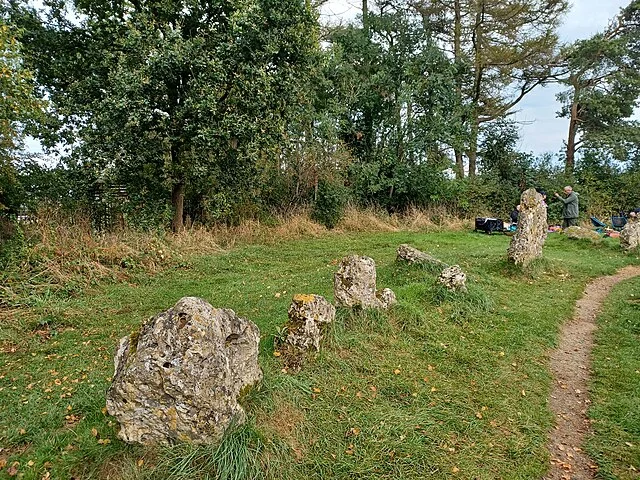
The King’s Men stone circle, constructed around 2500 BC, is the largest and most famous of the Rollright Stones. It consists of approximately 70 weathered limestone boulders arranged in a circle. Originally, the circle may have contained more stones. Some scholars suggest that it could have been used for ceremonial or ritual purposes, though its exact function remains uncertain. Unlike more well-known stone circles like Stonehenge, The King’s Men are smaller and made of locally sourced limestone.
The Whispering Knights
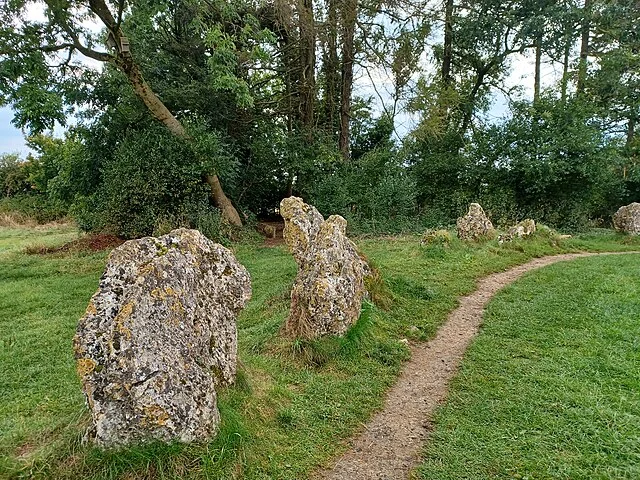
The Whispering Knights dolmen is a Neolithic burial chamber constructed between 3800 BC and 3500 BC. It is located to the east of The King’s Men stone circle. This dolmen consists of large, upright stones supporting a horizontal capstone. The structure’s name comes from local folklore, which says the stones appear to be whispering to one another. Archaeologists believe that the dolmen served as a tomb or burial chamber for a prominent individual or group in the region.
The King Stone
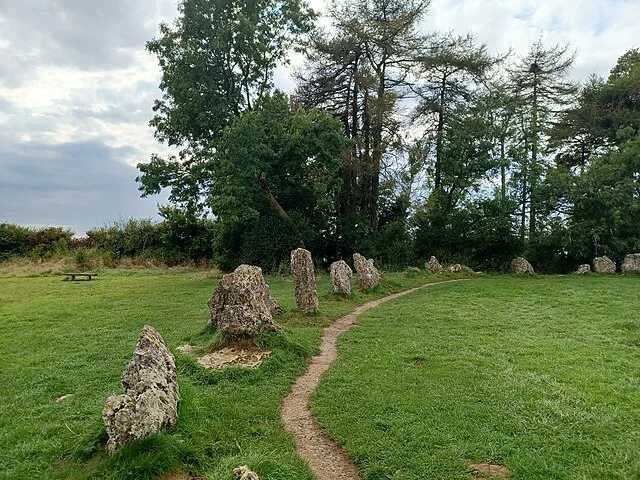
The King Stone, situated to the north of the circle, dates from around 1500 BC. It is a single standing stone that is believed to have been erected during the Bronze Age. Unlike The King’s Men and The Whispering Knights, the purpose of The King Stone is less clear. Some historians believe it may have served as a marker for a burial or as a territorial boundary marker.
Archaeological Excavations
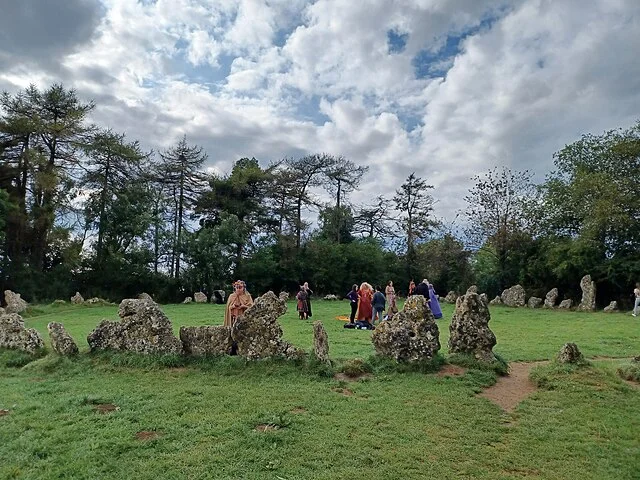
Several archaeological investigations have been conducted at the Rollright Stones. Early excavations in the 19th century were limited and often caused damage to the monuments. However, more recent studies in the 20th and 21st centuries have employed modern archaeological techniques. These excavations have uncovered evidence of human activity around the site, including tools, pottery, and burial remains. These findings provide insights into the people who constructed and used these monuments.
Preservation and Tourism
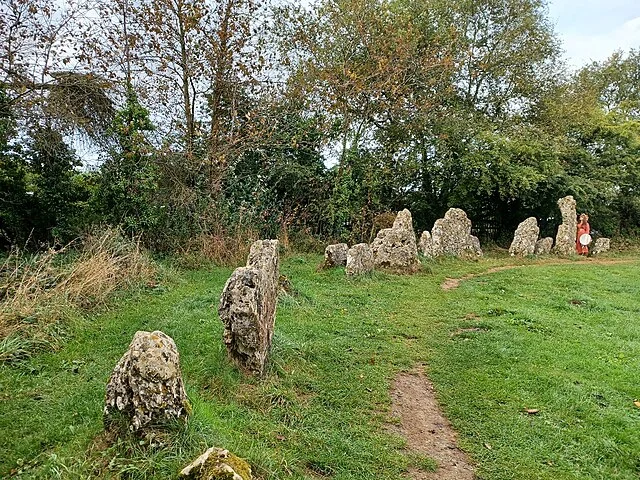
The Rollright Stones have been designated a Scheduled Ancient Monument, meaning they are legally protected from damage and alteration. The site is open to the public, and visitors are encouraged to explore the stones while respecting their historical significance. Efforts are ongoing to preserve the monuments and maintain their condition for future generations.
Conclusion
The Rollright Stones offer a unique glimpse into prehistoric Britain. They are a significant archaeological site that sheds light on the rituals, beliefs, and social structures of the people who built and used them. Through ongoing research and preservation, we continue to deepen our understanding of these ancient monuments.
Source:

